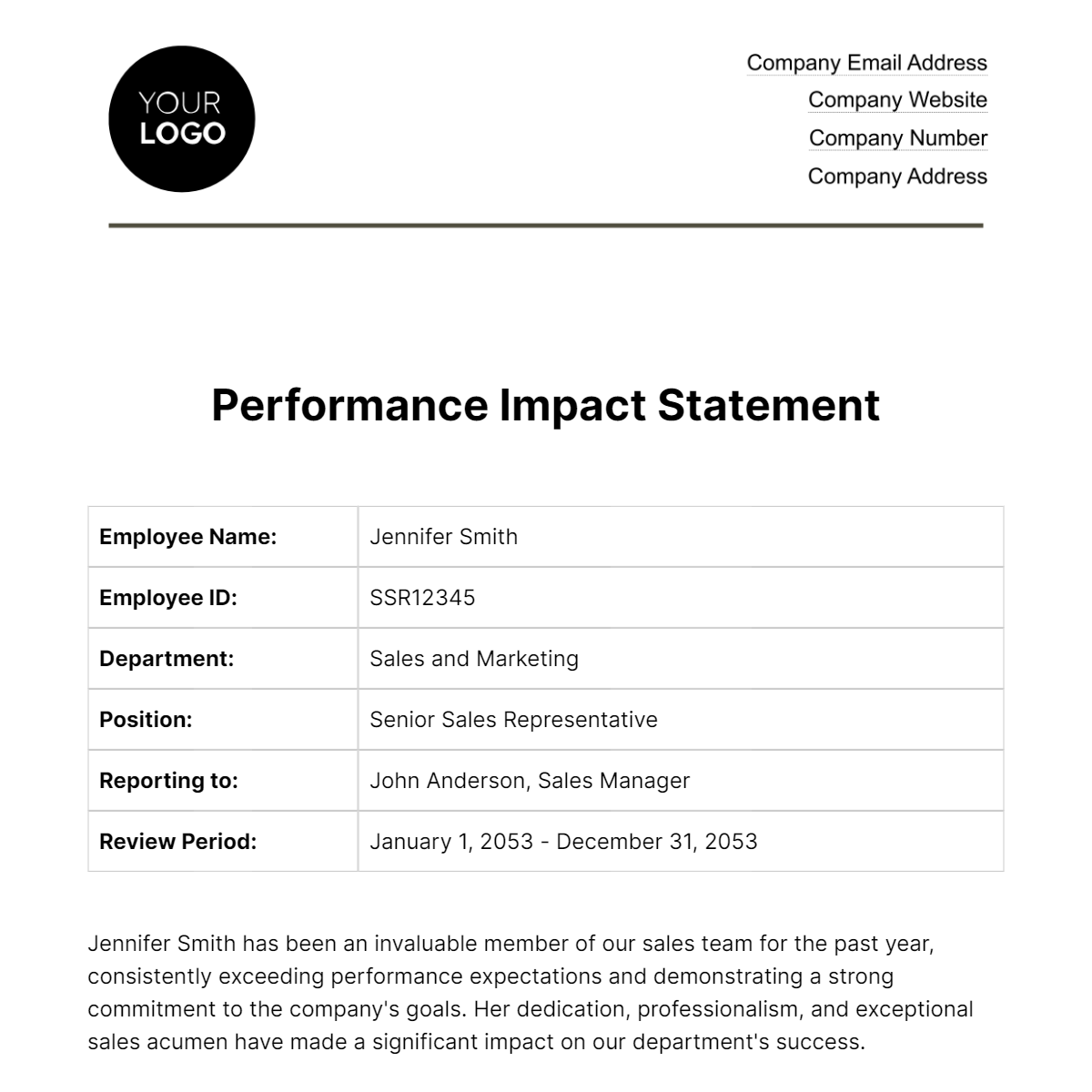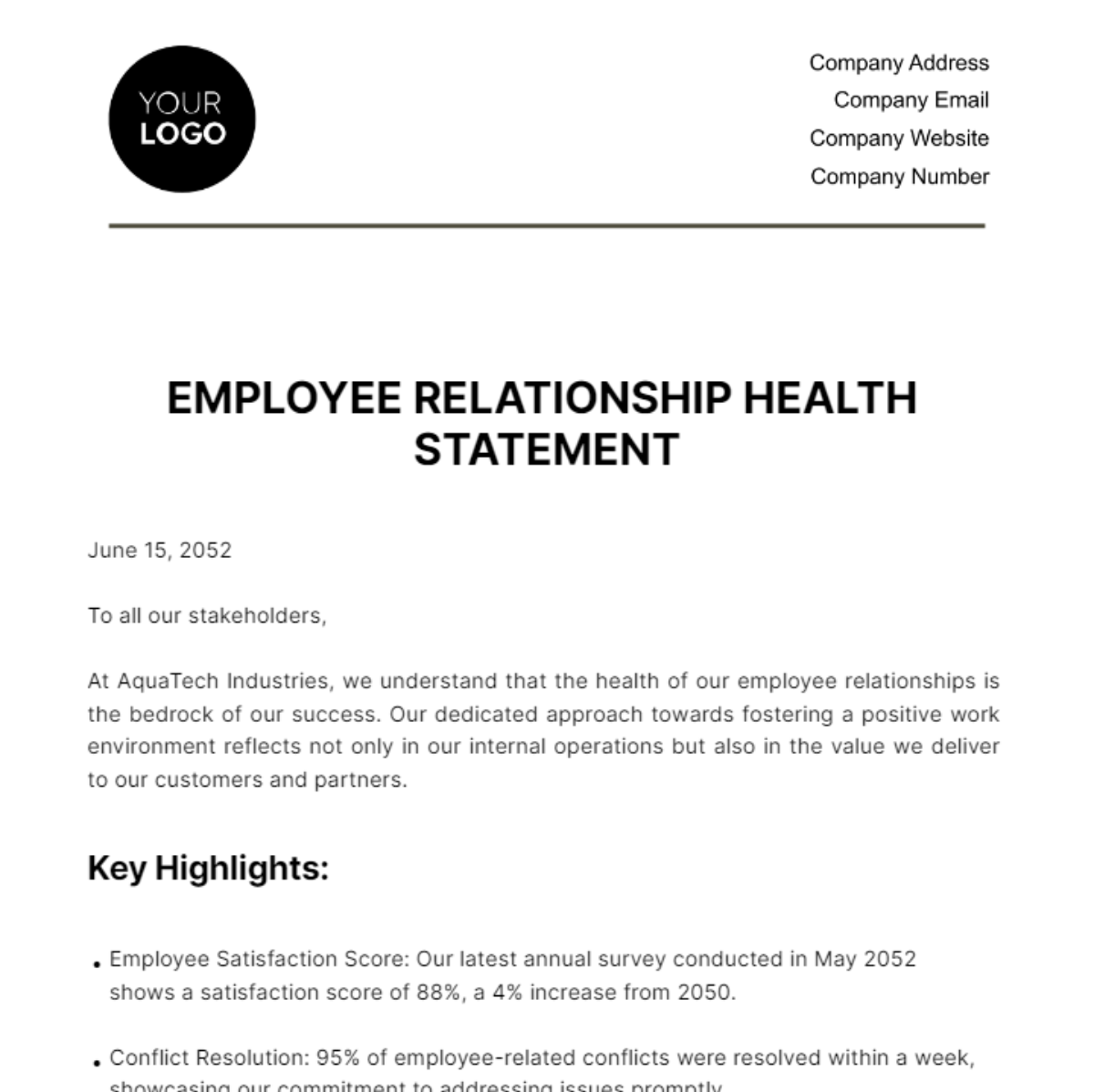Free Hazard Statement Template
Hazard Statement
Statement:
"Exposure to Chemical X at concentrations above 50 ppm (parts per million) can cause severe respiratory irritation, skin burns, and eye damage. Prolonged or repeated exposure may lead to chronic respiratory conditions. This chemical is commonly used in industrial settings and requires strict handling procedures to ensure worker safety." |
Hazard Classification
Hazard Category | Description | Criteria |
Acute Toxicity (Inhalation) | Category 2 | Fatal or toxic if inhaled at concentrations > 200 ppm. Immediate medical attention is necessary if exposure occurs. |
Skin Corrosion/Irritation | Category 1B | Causes severe skin burns on contact. Protective clothing is mandatory to prevent contact. |
Serious Eye Damage/Eye Irritation | Category 1 | Causes serious eye damage on contact. Use of safety goggles is crucial for eye protection. |
Respiratory Sensitizer | Category 1 | May cause allergy or asthma symptoms if inhaled. Workers with a history of respiratory issues should exercise extra caution. |
GHS (Globally Harmonized System) Label Elements
A. Signal Word: Danger
B. Hazard Statements:
H330: Fatal if inhaled
H314: Causes severe skin burns and eye damage
H334: May cause allergy or asthma symptoms or breathing difficulties if inhaled
Control Measures
A. Engineering Controls:
Use local exhaust ventilation at the source to prevent dispersion of vapors in the work area. Regular maintenance of these systems is crucial.
Install safety showers and eyewash stations. Ensure they are easily accessible and well-maintained.
B. Personal Protective Equipment:
Respirators: Use air-purifying respirators with appropriate filters for concentrations up to 150 ppm. Ensure proper fit and training for users.
Gloves: Chemical resistant gloves (e.g., nitrile or neoprene). Inspect gloves regularly for signs of degradation.
Eye Protection: Safety goggles with side shields. Ensure they provide a secure and comfortable fit.
Skin Protection: Protective clothing resistant to chemicals. Regularly inspect for integrity and proper coverage.
C. Safe Handling Procedures:
Handle in a well-ventilated area. Ensure that all staff are trained in safe handling techniques.
Avoid breathing vapors or mists. Use respiratory protection if ventilation is inadequate.
Wash thoroughly after handling. Implement a strict hygiene protocol to avoid accidental exposure.
D. Emergency Procedures:
Inhalation: Move the victim to fresh air. If not breathing, perform CPR. Always call for medical help immediately.
Skin Contact: Immediately flush skin with plenty of water for at least 15 minutes. Remove contaminated clothing.
Eye Contact: Immediately flush eyes with plenty of water for at least 15 minutes. Seek medical attention immediately.
Ingestion: Do not induce vomiting. Seek immediate medical attention. Never give anything by mouth to an unconscious person.
Exposure Controls and Personal Protection
A. Occupational Exposure Limits (OEL):
OSHA PEL: 50 ppm - Mandatory limit set by OSHA for workplace exposure.
ACGIH TLV: 25 ppm - Recommended exposure limit to ensure additional safety.
B. Environmental Exposure Controls:
Avoid release to the environment. Implement spill response procedures.
Follow applicable regulations for emission control. Regularly monitor and record emissions.
Toxicological Information
A. Acute Effects:
Inhalation: Causes respiratory tract irritation and potential lung damage. Immediate medical intervention is necessary.
Skin Contact: Causes severe burns and ulceration. Long-term effects can include scarring and sensitivity.
Eye Contact: Causes serious eye damage. Immediate flushing and medical attention are critical.
Ingestion: Toxic if swallowed; can cause internal burns. Requires immediate medical care.
B. Chronic Effects:
Repeated exposure can lead to dermatitis, chronic respiratory issues, and possible long-term organ damage. Regular medical screening is advised for exposed workers.
Ecological Information
A. Ecotoxicity:
Harmful to aquatic life with long-lasting effects. Avoid discharge into waterways.
B. Bioaccumulation:
Potential for bioaccumulation in aquatic organisms. Monitor for signs of environmental impact.
C. Mobility in Soil:
Low mobility in soil, but can contaminate groundwater. Implement soil protection strategies.
Disposal Considerations
Dispose of contents/container in accordance with local/regional/national/international regulations. Never dispose of this chemical in unregulated areas.
Transport Information
UN Number: UN XYZ - Specific identifier for transportation.
Hazard Class: 6.1 (Toxic substances) - Indicates a high level of hazard during transport.
Packing Group: II - Requires specific packing and labeling as per regulations.
Regulatory Information
Ensure all local, state, and federal regulations are complied with. Regularly update safety protocols to align with regulatory changes.

